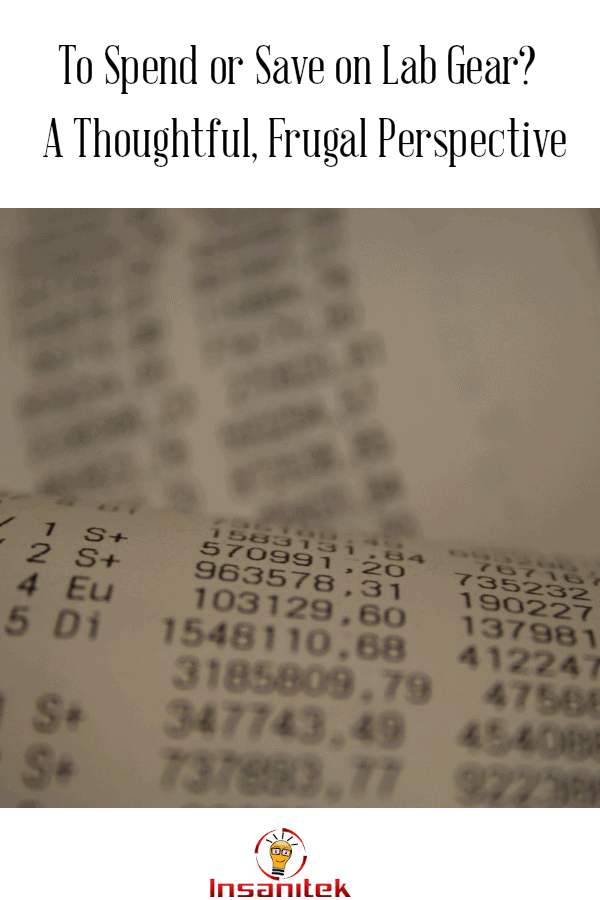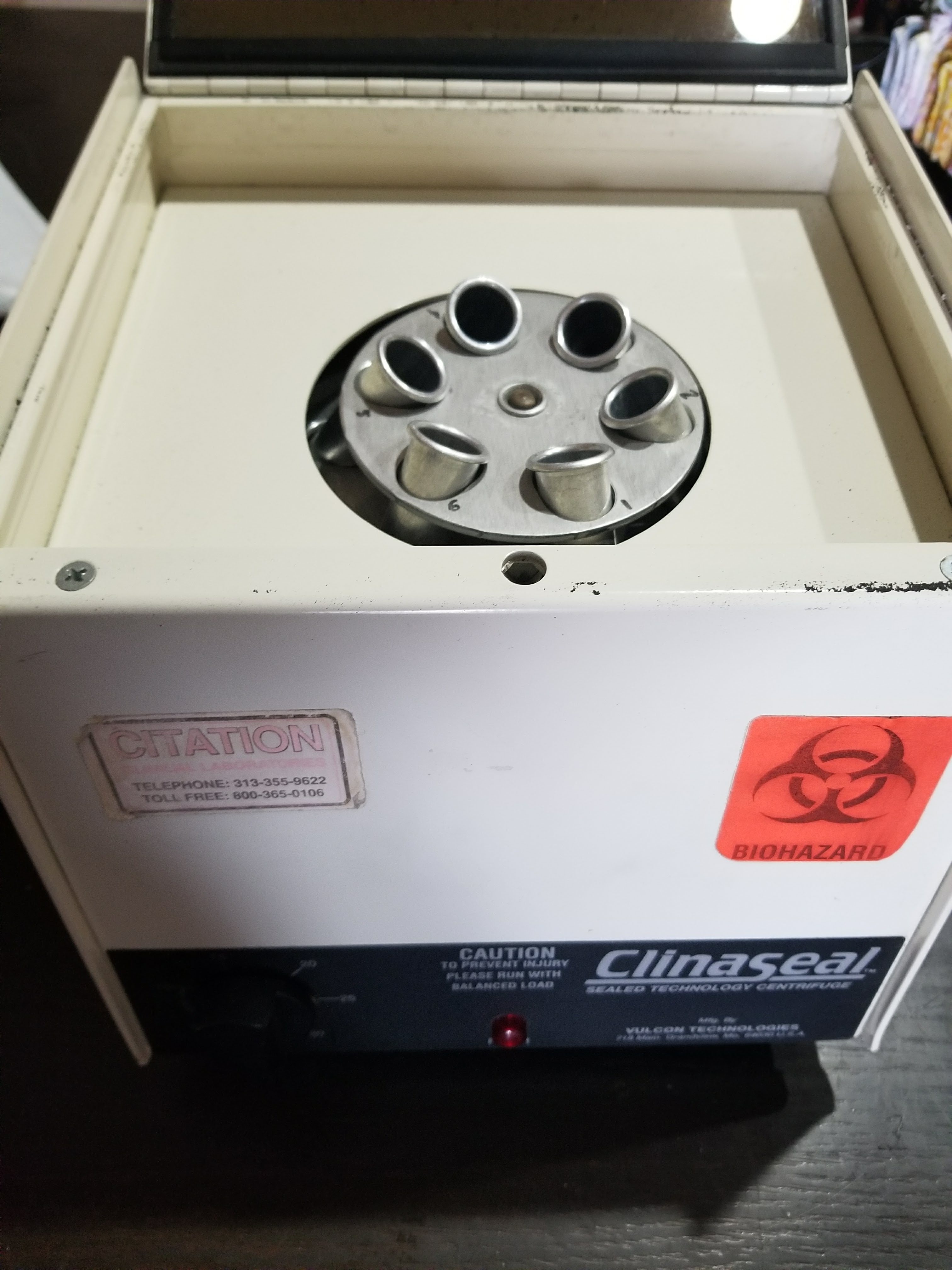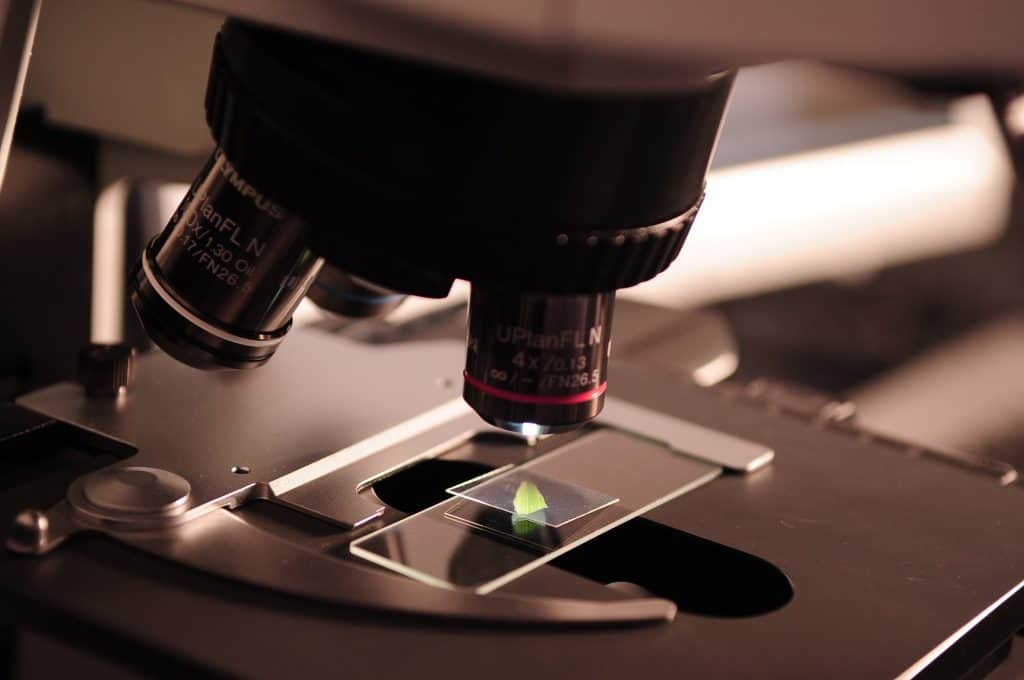One of the biggest questions we’ve faced at Insanitek this year is the question of when to save money and when to spend money on lab gear. Do we try to fix it ourselves, call in the professionals, scrap the machine and buy a new one?
If this is your first visit to Insanitek, you might not know the die-hard commitment we have to assisting the low socio-economic class to make the most, if not more, of what they have. That includes stretching the lifespan of what we have, increasing the skills necessary to do so at every turn. But, does saving on lab gear always mean killing yourself to save everything?
The short answer: Yes and no.
 The long answer is, as you can imagined, nuanced. It’s all based on situation, so we follow a few rules of thumb:
The long answer is, as you can imagined, nuanced. It’s all based on situation, so we follow a few rules of thumb:
- Can it be fixed?
- Can we afford for someone to be trained to fix it?
- Can we muddle through it to fix it ourselves?
- Do we even need it?
- Can we find another use for it?
- Can it be modified?
- Can we modify the protocols to work with the specs of the machine?
Take a centrifuge. We have a small one that we got for $125 to separate some gel from water. It only has an RPM of 3150, which means it won’t be good for a lot of protocols that require higher RPMs to separate.
If it breaks, we have to take a look at the whole picture. Do we need this machine or can we upgrade? Can this machine then be used for training someone? Would it beneficial for that person to be trained by another organisation and licensed? If everyone already knows how to work on centrifuge machines, can we use the parts to “upcycle” into cool things we can then sell for charity?
Notice the theme here: We try to use the centrifuge in as many ways as possible before it just gets junked. We take that track with all our supplies from printer ink to the bioreactor.
That’s how to save. This is how to spend.
Beyond making use of everything, you should spend money on what you need to do projects ─ and give yourself room to expand and grow.
 When we bought the centrifuge, it was exactly what I needed to separate soil water from the soil. Later on one of our independent researchers used it to separate a gel from water. We didn’t need much, but 2 years later we want to expand. We need another centrifuge that can spin at a higher RPM.
When we bought the centrifuge, it was exactly what I needed to separate soil water from the soil. Later on one of our independent researchers used it to separate a gel from water. We didn’t need much, but 2 years later we want to expand. We need another centrifuge that can spin at a higher RPM.
If I was smart when I first opened Insanitek, I would have thought of that. However, I did not think about it, I just got what I could afford that would serve my needs, not what would help Insanitek as a company grow beyond me.
Again, we’ve developed a few guides that we follow while shopping and considering new machines. These are the questions we ask:
- Does it serve our current needs?
- How can it help us grow our skills?
- Can we offer more things to clients?
- Can we sell those things?
- Can we train students on it for a solid start to their careers?
We’ve realised that the best way to maximise the equipment we use and get the most out of our investment is to make sure we are using it. Shock, I know. But the best twist? Invest in ways that will serve yourself and your clients. They are the reason you’re in business, so give them what they need and look for ways to solve their problems.
In the end buying lab gear comes down to spending wisely and optimistically, making the most of what you have, and stretching everything in creative ways ─ even after they have given their last. You never know what kind of cool things you can make with parts in order to stretch your creativity and maybe even sell.
